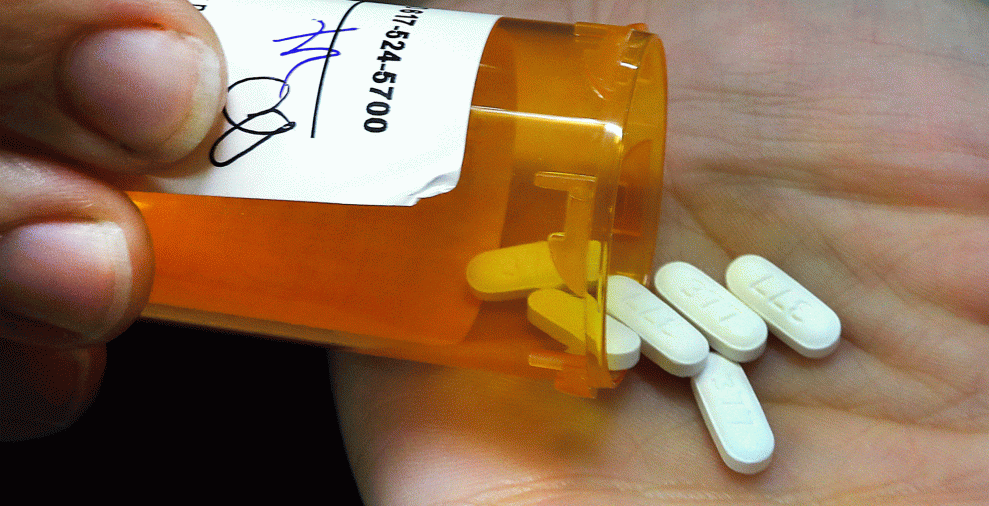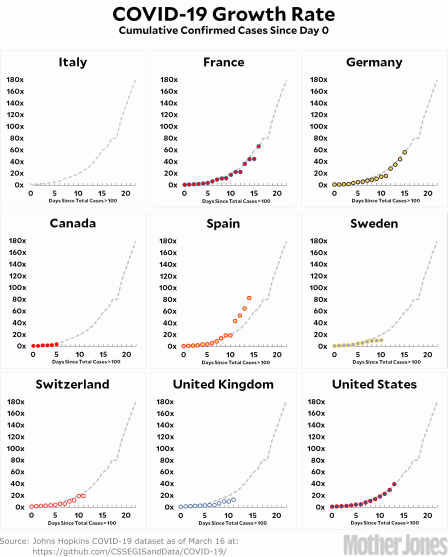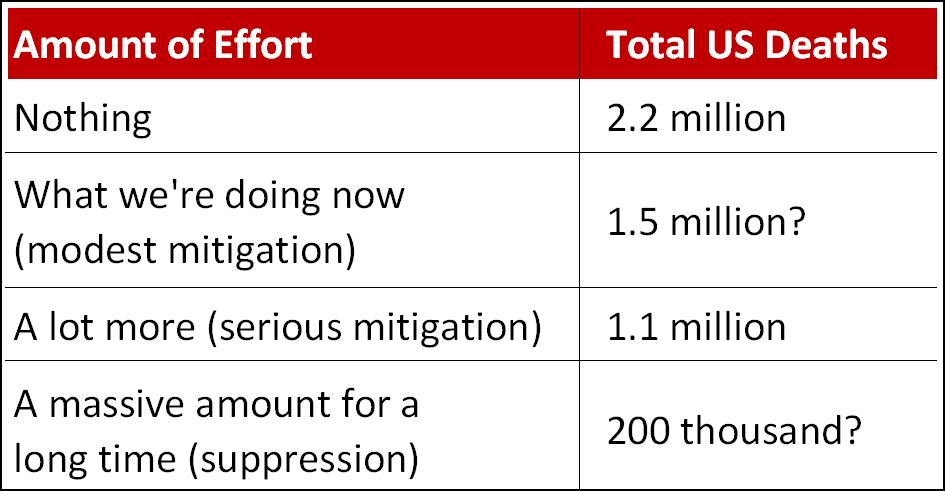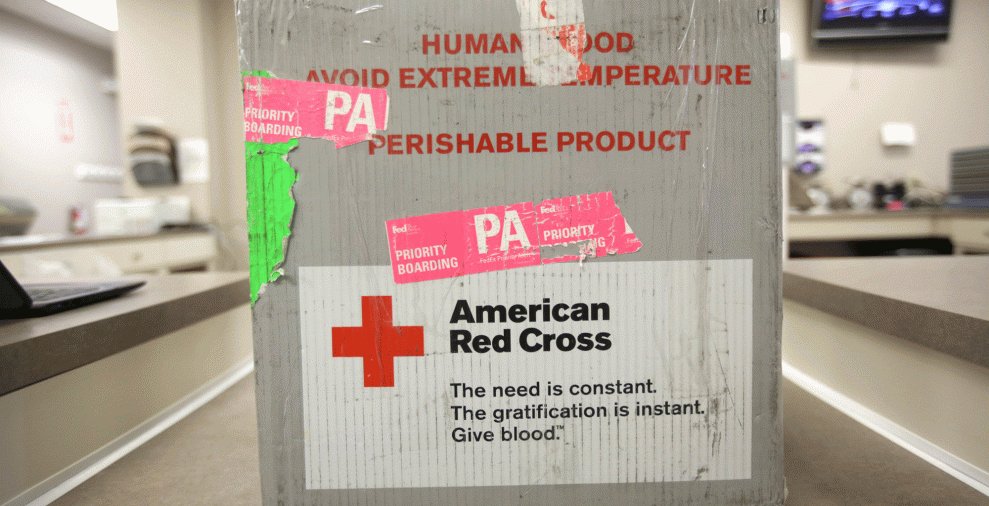
Boston Globe/Getty
For the hundreds of thousands of Americans who have to visit clinics for daily doses of opioid addiction medication, social distancing is nearly impossible. But on Tuesday, the federal government eased some of its long-held restrictions in response to the coronavirus.
That’s good news, because continual access to two primary treatment medications, buprenorphine and methadone, is key: If patients miss a dose, they could go into withdrawal and turn to street drugs, risking overdose.
Those struggling with addiction are particularly vulnerable in the age of coronavirus for a host of reasons. Opioid users have far higher rates of health conditions including hepatitis C, HIV, and chronic bronchitis. Many are well over the age of 60. Infectious disease can spread like wildfire among communities of drug users (think the HIV outbreak in Indiana in 2015). And then there are the psychological factors: “We all know that stress is one of the major triggers for people to go into relapse,” said Bethany Hallam, an Allegheny County councilwoman and outspoken addiction treatment advocate. “To think of all the additional stressors that people have in their lives right now, on top of the regular every day stressors—and then you add into that people sitting at home stewing.”
As Corey Davis, an attorney at the Network for Public Health Law, put it, “We’re now facing two deadly, concurrent declared public health emergencies: the opioid crisis and COVID-19.”
Methadone: Daily Trips to Clinics Will No Longer Be Required
Some 350,000 Americans rely on methadone clinics for daily opioid addiction treatment, and, under normal circumstances, they’re required by law to take their doses at methadone clinics, where they often wait in long lines to take their doses in a supervised setting.
Federal guidance so far when it comes to methadone clinics during the pandemic has been confusing, to say the least. Until this week, the Substance Abuse and Mental Health Administration’s directed clinics to follow each state’s lead on a coronavirus response. On Monday, SAMHSA released two conflicting sets of guidelines for methadone clinics and patients. The first permitted a take-home supply of up to two weeks, but only if a methadone patient had coronavirus or symptoms of it, got a clinician to sign off, and applied with that sign-off to SAMHSA.
But separate guidance, also released Monday by SAMHSA, is much more lax, allowing for four weeks of take-home doses for stable patients—with no state or federal sign-off required for each patient—and two weeks for less-stable patients who the clinic believes “can safely handle this level of take-home medication.” This is the guidance that will hold during the pandemic, says SAMHSA spokesperson Christopher Garrett: Monday’s more restrictive guidelines were taken down this morning.
The coronavirus is putting pressure on an age-old controversy over just how much red tape should exist around opioid addiction treatment. Methadone is among America’s most highly regulated medications, relegated to special clinics rather than accessible at a typical doctor’s office. In theory, that’s because methadone is itself an opioid, but one that is meant to ease the cravings of opioid addiction without getting the patient high. The highly regulated setting is beneficial for some: The idea is that it ensures people aren’t abusing the medication or selling it on the street. But methadone advocates, including many leading public health experts, have long pushed for methadone to be treated just like any other medication: For now, the average doctor is allowed to prescribe a number of addictive opioids like OxyContin, Vicodin, or fentanyl, but isn’t allowed to prescribe methadone, the opioid addiction treatment.
Buprenorphine: In-Person Requirements Will Be Eased
The second primary opioid addiction treatment is buprenorphine, also itself an opioid, also to be taken daily, but treated more like a normal medication: Patients can go to doctors’ offices for their prescriptions and pick up their medications from pharmacies.
Until Tuesday, one big concern about buprenorphine access was the requirement that providers meet prospective new patients for evaluations in person, rather than using telemedicine for the initial consultations. Given the push for social distancing and the overrun medical system, many feared that this rule would effectively prevent any new patients from being able to start buprenorphine. On Tuesday, DEA eased these restrictions: Now, initial consultations can be done virtually.
There are still a lot of restrictions around buprenorphine: Providers have to get special licenses from the DEA to prescribe the medication, and once they do, they can only prescribe it to a certain number of patients. Given the pandemic, some are advocating for an ease on the those caps: “We don’t know what proportion of our prescriber population is going to fall ill,” said Greg Marotta, president of Clean Slate, the nation’s largest office-based opioid treatment provider. “For us to have to turn away patients because we don’t have the prescribing capacity available to us would be an absolute disaster.”















